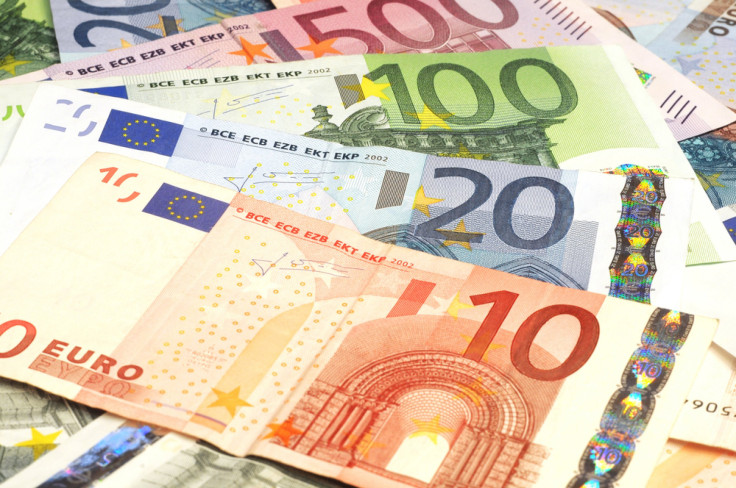ECB To Continue With Easy Monetary Policy As Long As Needed To Boost Recovery, While Latest Data Show Industrial Production Declined In November

The European Central Bank, or ECB, on Thursday, said that it would continue with its ultra-loose monetary policy considering the faltering health of the economies in the region, even as seasonally-adjusted industrial production figures, released an hour later by Eurostat, showed that production declined in both the euro zone and European Union countries in October.
"The monetary policy stance will remain accommodative for as long as necessary, and will thereby continue to assist the gradual economic recovery in the euro area," the ECB said, in its monthly bulletin.
Last week, the bank kept its key rates unchanged at record levels and reiterated that interest rates would remain at current or lower levels for some more time. The bank expects the economy to recover at a slow pace in 2014 and 2015, after recording a positive growth of 0.1 percent in real gross domestic product, or GDP, in the third quarter.
The bank “foresees annual real GDP declining by 0.4 percent in 2013 before increasing by 1.1 percent in 2014 and 1.5 percent in 2015. Compared with the September 2013 ECB staff macroeconomic projections, the projection for real GDP growth for 2013 has remained unchanged and it has been revised upwards by 0.1 percentage point for 2014,” the ECB statement said.
According to the Eurostat data, industrial production, or IP, fell by 1.1 percent in October in the 17-nation euro zone and by 0.7 percent in the 28-nation European Union, compared to a decrease of 0.2 percent and a growth of 0.1 percent respectively, in September. IP, on a yearly basis, rose by 0.2 percent in the euro zone and by 0.8 percent in the EU in October.
Analysts had predicted the monthly industrial output to increase by 0.3 percent and on a year-on-year basis to rise by 1.1 percent, in the euro zone.
The drop in monthly IP was attributed to a steep fall in production of energy and durable consumer goods. Energy production dropped by 4 percent in the euro area and by 2.7 percent in the EU, while durable consumer goods production fell by 2.4 percent in the euro zone and by 1.5 percent in the EU, data showed. Production of capital goods dropped by 1.3 percent and 0.9 percent respectively, while production of intermediate goods fell by 0.4 percent in the euro zone and dropped by 0.5 percent in the EU.
Among the EU nations for which data are available, IP rose in 11 countries and fell in 12 others on a monthly basis. Year-on-year, IP rose in 12 countries and dropped in 11 countries.
Based on a monthly comparison, the largest increases in industrial output were registered in Lithuania (+2.2 percent), Denmark (+1.8 percent), the Czech Republic and Romania (both +1.7 percent), and the largest decreases were in Ireland (-11.6 percent), Malta (-7.4 percent), the Netherlands (-3.5 percent) and Sweden (-1.4 percent), data from Eurostat showed.
"The soberingly weak growth of industrial production is an important reality check for the Eurozone sentiment surveys, which have been hitting multi year highs in mid to late 2013. These surveys measure the degree to which businesses are in agreement that the economy is recovering, and yes, there is consensus. But this recovery is very, very modest," Bill Adams, senior international economist for PNC Financial Services Group, said.
"A weak recovery in 2014 and slow re-absorption of the Eurozone's record-high unemployed will keep price pressures down and pressure high on the ECB to cut interest rates further," he added.
--
(Note: Euro currency photo by Shutterstock.com.)
© Copyright IBTimes 2024. All rights reserved.






















